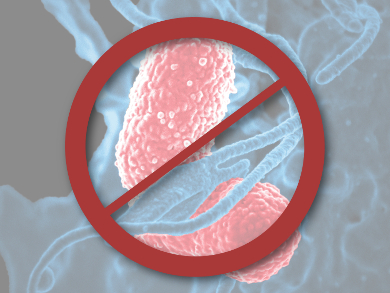The use of genetically modified microorganisms for environmental, medical and industrial applications is on the increase. So, too, are concerns that these designer microbes might escape into the open environment. Scientists have generally used auxotrophy – an organism’s inability to synthesize a compound necessary for its survival – as a mechanism for biological containment of engineered bacterial strains. However, this and other approaches involving intensive genetic reprogramming are fallible outside the laboratory.
James Collins and colleagues, Massachusetts Institute of Technology (MIT), Cambridge, MA, USA, have used synthetic biology techniques to engineer Escherichia coli bacteria with two “kill switches” (named “Deadman” and “Passcode”), which control production of an enzyme toxic to the cell. The Deadman switch is activated in the absence of a small molecule. The Passcode switch acts like a logic circuit and is under the control of a number of chemical inputs. These inputs can be controlled in the environment to provide a more secure and specific control than previously available.
The team expects these kill switches to be useful in industrial and biomedical applications, and also for other novel applications. For example, they envisage the Passcode switch serving as a deterrent against intellectual property theft by protecting a designer organism against reverse engineering.
- ‘Deadman’ and ‘Passcode’ microbial kill switches for bacterial containment,
Clement T Y Chan, Jeong Wook Lee, D Ewen Cameron, Caleb J Bashor, James J Collins,
Nat. Chem. Biol. 2015.
DOI: 10.1038/nchembio.1979




